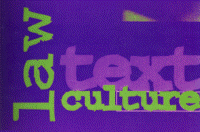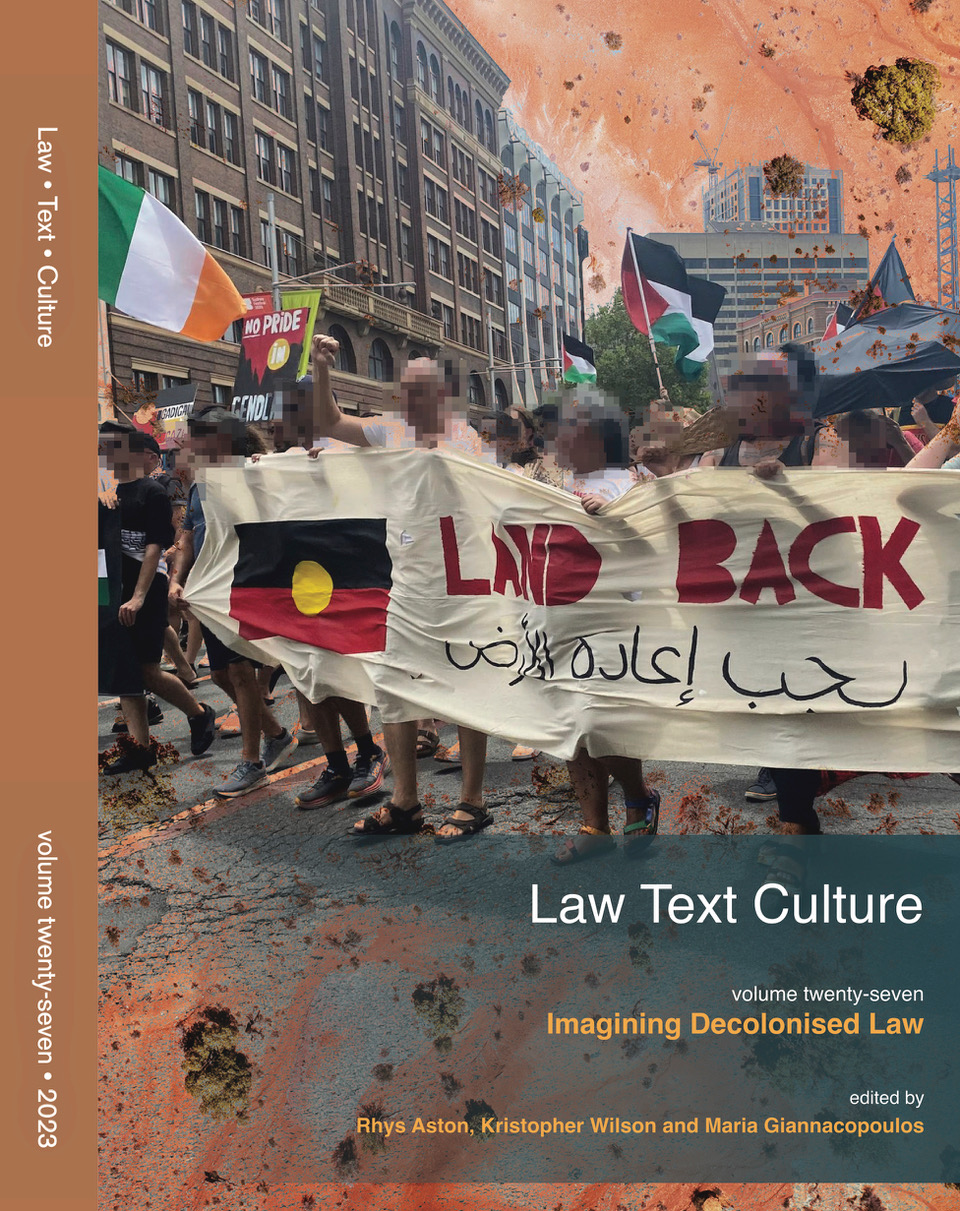Abstract
What makes evidence credible? This question is central to the operation of a legal system because it has so much to do with winning or losing a case. Credibility often hinges on semiotic elements of a trial that are not recognized by law, but which every lawyer recognizes as crucial to the presentation of a case. This semiotic dimension of a case is generally perceived as notoriously unpredictable in its impact. Judges and juries can bestow credibility or withhold it based on a witness's sweating brow, fidgeting hands, tone of voice, the racial and gender characteristics of every person involved in a case, the demeanor and dress of every lawyer, of each defendant. While lawyers pay lip service to the ideal of arguing the evidence of a case to a reasonable conclusion, what lawyers hope for is some incontrovertible evidence that stops the debate, a "smoking gun" that dismisses doubt and shuts down the semiotic play that can influence or even determine credibility.
How to Cite:
Kibbey, A., (2001) “The Semiotics of Photographic Evidence”, Law Text Culture 5(2). doi: https://doi.org/10.14453/ltc.688
Downloads:
Download PDF
44 Views
2104 Downloads

